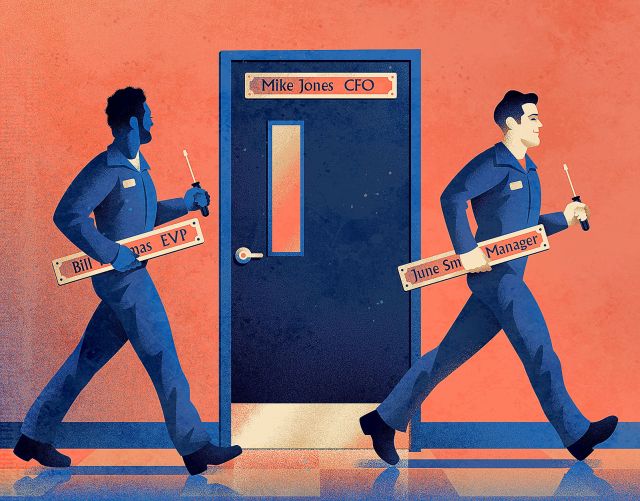
Will Blodgett
Founder and CEO at Tredway

What factors go into deciding where to build affordable housing?
Our singular guiding focus is on preserving affordable housing where it is needed most. This means identifying and prioritizing neighborhoods where people are being forced out, gentrification is on the rise, and the fabric of the community is at risk. We lean into deals where we know we can be additive, building on the inherent strengths of the area that make it ripe for growth, including, for example, access to mass transit, green space and job centers.
What elements/amenities are table stakes in your affordable housing properties?
Affordable housing is not a handout, it’s a hand up. And, for our projects to be truly successful, we need to provide more than just a safe home. Our ultimate goal is socioeconomic mobility, which requires us to take a more holistic approach to development.
There are three main components of upward mobility: health care, education and housing. Going beyond the home, this means broadening access to health care for seniors. For properties that cater to families, we assess education resources and opportunities to engage in extra-curricular activities like arts and sports. A safe home is the foundation, and with our projects we aim to connect all three.
What challenges tend to crop up when working on affordable housing, and how do you navigate them?
There’s no question that the biggest challenge we face is bureaucracy. This can take many different forms, whether it’s duplicative environmental reports or other lengthy and inefficient processes, that require significant time and resources. We need to work together as a collective to make building and preserving affordable housing more cost-efficient and efficient overall.
What kind of laws or regulations would you like to see passed to improve the housing crisis across the U.S.?
Reducing the private activity bonds needed to obtain 4 percent credits from 50 percent to 25 percent of aggregate basis was a smart change and huge for the industry. Now, the Department of Housing and Urban Development needs more funding and should continue working on bolstering efficiency.
The numerous, disparate public housing authorities across America present their own unique challenges and on average run their units in a worse fashion at five times the cost of private affordable housing developers and operators. Public-private partnerships like the PACT program in New York City have proven to be very successful alternative models. Residents are getting brand-new, well-maintained homes with better amenities in high-opportunity areas at a fraction of what it would cost cities and in time frames previously unthinkable.
What have been the firm’s most significant projects this year and how are they progressing?
We are about to unveil seven newly renovated senior housing buildings in Fort Greene, Brooklyn, that will extend the portfolio’s affordability for another 40 years. This type of project is emblematic of our approach: keeping communities together in dignified and high-quality homes for decades to come.
In May, we acquired Ocean Park Apartments, a 602-unit, family-designated property in Far Rockaway, Queens, and entered into a new regulatory agreement with the city Department of Housing Preservation and Development to bring all units into rent stabilization and deepen the affordability of 423 units.
We’re in the process of building up to 300 units of senior affordable housing at Sea Park in Coney Island, Brooklyn, as part of a $188 million project that extends the affordability of 816 apartments spread across three existing buildings, along with other critical infrastructure and campus-wide improvements.
After acquiring an interest in Concourse Village East, part of a 477-unit portfolio across the South Bronx, we recently began work on the first phase of the master plan, which includes the rehabilitation of 202 existing units and, on an adjacent site, the construction of approximately 600 affordable and supportive housing units spanning two new buildings.
Using this model, we’ve similarly preserved affordable housing in North Carolina, South Carolina, Pennsylvania, Tennessee, Nevada, Ohio and Texas, working well with local governments and agencies to preserve and build needed homes.
Are you expecting an influx of market activity in the first half of 2026 if rates continue to go down?
Affordable housing historically has been very dislocated, with lots of owners across the country. It usually remains in a steady state, opportunity set-wise, regardless of rates.
Lighting Round:
Mamdani, Cuomo, Adams — Friend, mute, unfollow?
Fiorello La Guardia.
Your pick for Fed chair `26?
We’ll work with anyone.
Borrowing costs up or down by late 2026?
Up.
More excited about — interest rate cut or Taylor Swift’s engagement?
Taylor Swift got engaged? Had no idea.
Last vacation and where?
1982, my mother’s womb.
Like in ‘Freaky Friday’ you swap bodies with Jerome Powell. What would you do?
Don’t know what Freaky Friday means, but would love to meet him someday.
What’s your Kryptonite?
Time. And saying no.
You appear on the kisscam at a concert. Who’s performing?
My kids sing to me and my wife, which they often do when they put on family “concerts.”
If Stephen Starr asked you which restaurant he should next reopen, what would it be?
Burgers and Beer.









